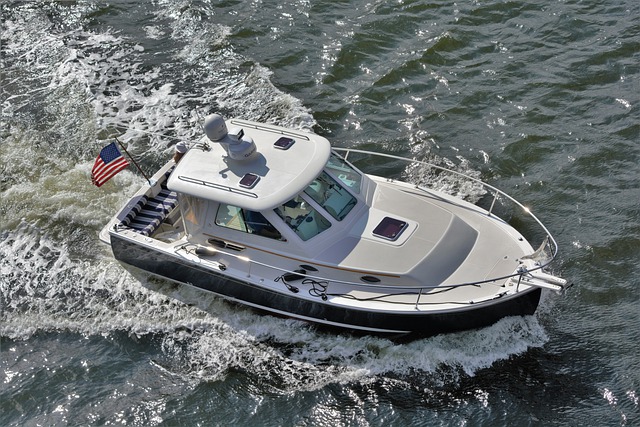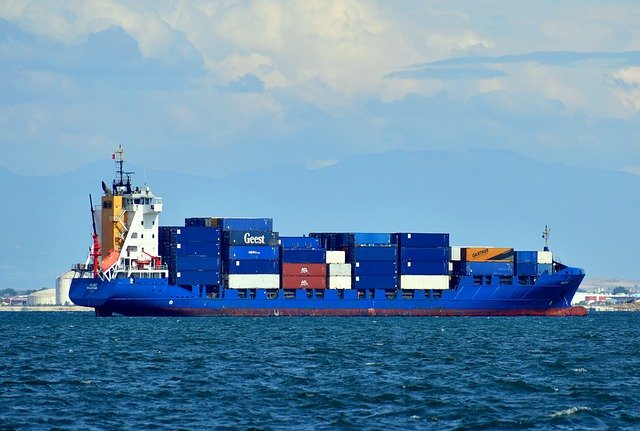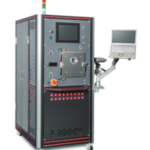
In this article, we would like to explain how to operate a medium/large ships.
- Where on the ship are you controlling the ship?
- How do you accelerate and brake the ship?
- How does the ship’s steering wheel?
There would be the above three episodes to discuss each..
This episode explains “Where on the ship are you controlling the ship?”
Contents
Differences between small, medium and large ships.

First of all, do you know the distinction between small, medium and large ships?
This standard is well defined by the Shipping Act.
According to this law, ships with a gross tonnage of more than 20 tonnages are distinguished as large ships.

All vessels with a gross tonnage of 20 tons or less are distinguished as small ships.
What about medium-sized ships?

In fact, there are various delimitations depending on the company or organization, but in general, ships of 20 gross tonnage or more and less than 160 m in length are defined as medium-sized ships.
Actually, the gross tonnage is the volumetric tonnage calculated from the ship’s volume, not its weight, using a calculation method determined by the Shipping Act, but the volume is still considered as large.
So, where on the ship are you controlling medium and large ships?

The location of the ship’s controls is divided into two areas: the area where the steering wheel that determines the ship’s direction is located and the area where the steering wheel that moves the ship’s engine is located.
The place you can find a steering wheel that determines the direction of the ship.
The steering wheel (‘rudder wheel’), which determines the direction of the ship, is located on the ship’s bridge.
The place you can find a handle to move the ship’s engine.
They are located on the ship’s bridge, in the engine control room and in the engine room.
The handles on the ship bridge and in the engine control room are known as ‘telegraph handles’.
The ‘telegraph handle’ in the ship bridge and engine control room is computer-controlled (electrically controlled).

Other than the ‘telegraph handle’ in the ship’s bridge and engine control room, there is also an ‘engine control panel and steering handle’ in the engine room with devices for manual engine operation in case of an emergency.
This ‘engine control panel and steering wheel’ and the steering wheel are pneumatically controlled, unlike the ‘telegraphic handle’.
Why are there three engine maneuvering locations?
Each maneuvering position has its own maneuvering rights, depending on its role.
The right of control is the right to run the engine.
At each maneuvering position, there is a push-button to take control, which, when pressed, gives you the right to run the engine.
There are different levels of maneuverability, whereas the ‘ship’s bridge’ being the weakest and the ‘engine room’ being the strongest.
Power relations can be expressed as follows.
Ship bridge < Engine control room < Engine room
*The further to the right, the stronger the right to maneuver.
This means that control can be forcibly transferred to the engine control room or engine room, even if the steering wheel is operated to run the engine on the bridge.
This is to keep your engine running safely!
Once the ships set sail, the engines are kept running 24 hours a day, and some ships sail for six months, so if the ship can be adrift if the engine breaks down and stops in the middle of nowhere.
Between 20 and 30 of the ship’s crew will face a life-threatening situation.
If they drift, there is a risk of running aground or capsizing.
The engine is truly the life of ships !
Engineers stationed in the engine control room have to forcibly reduce engine speed or stop the engine if they feel it is dangerous, for the inspection and repair.
The ‘engine control panel and steering handle (pneumatic control)’, located in the engine room where the right to maneuver is strongest, is also used when the ‘telegraphic handle (computer-controlled)’ fails.
‘Engine control panel and steering wheel (pneumatic control)’ allows the engine to be run pneumatically.
When the ‘telegraph handle’ in the ship’s bridge and engine control room is operated, the computer automatically controls the air and runs the engine.
The operations performed by this computer can be performed by manual with the ‘engine control board and control handle’ in the engine room.
There’s often a story in the movies about a ship’s computer being hijacked by a virus, but from a sailor’s point of view, it’s not the first thing you’d think of, since a ship’s engine can be operated manually at any time.
Although we explained above that handles are located in three places, some ships may not have handles on the bridge to move the ship.
In such cases, the engine speed is communicated from the bridge to the engine control room and the engineer operates the handle to move the engine from the engine control room.
How was this article?
When you see a ship at sea, guess where the steering wheel is!
SUGA fabricates a wide range of marine equipment as well.
For more information on our marine equipment, Click here





